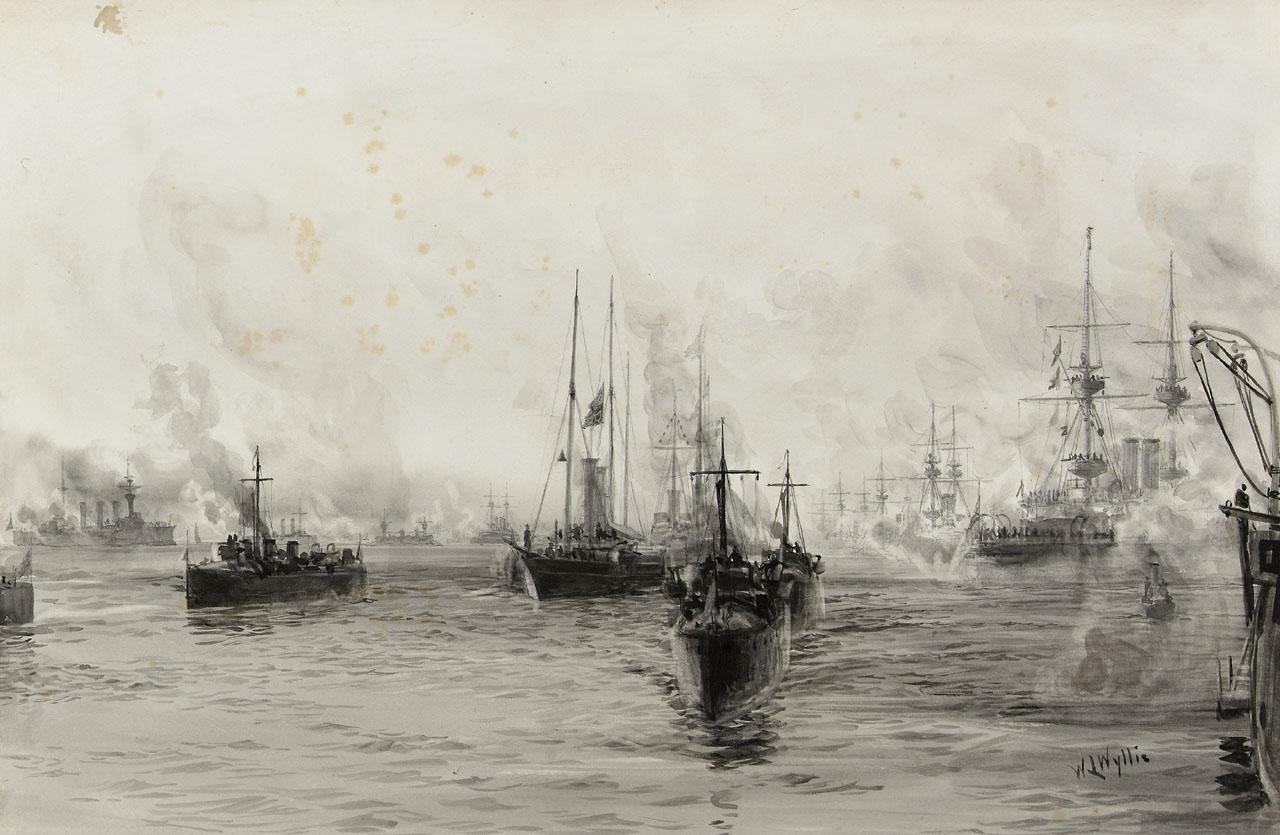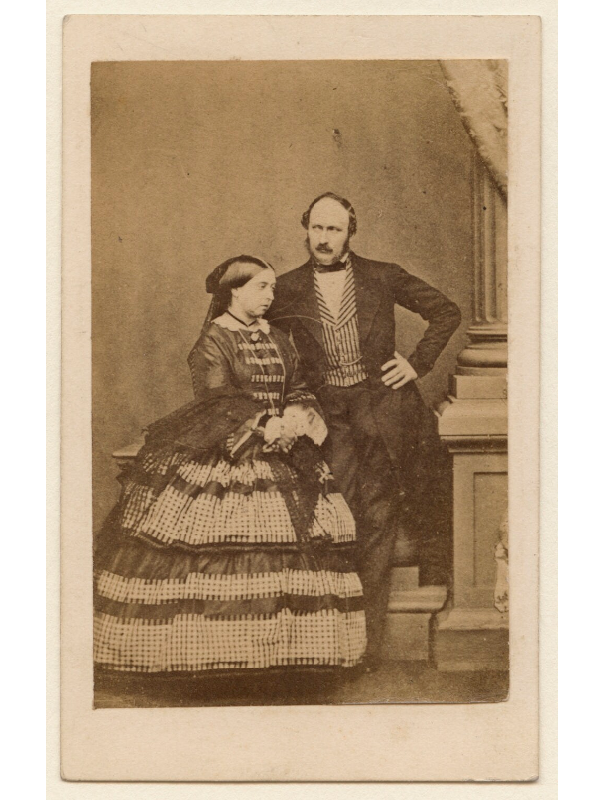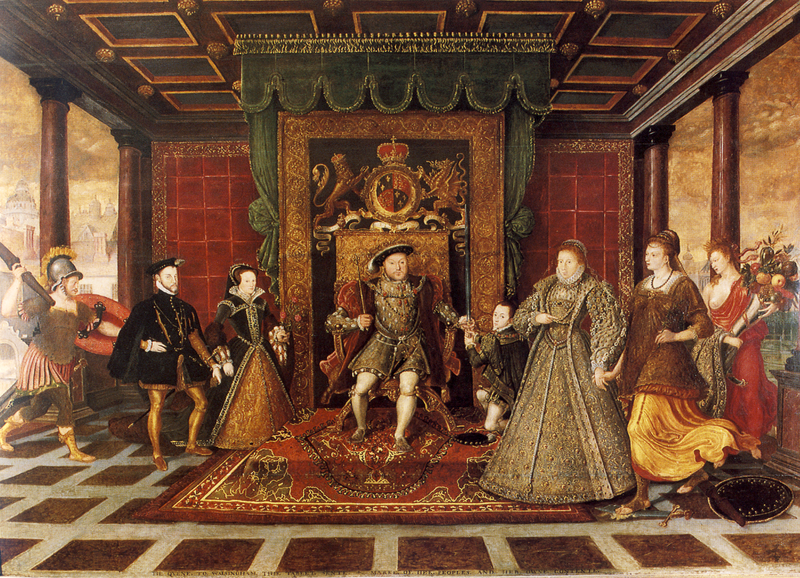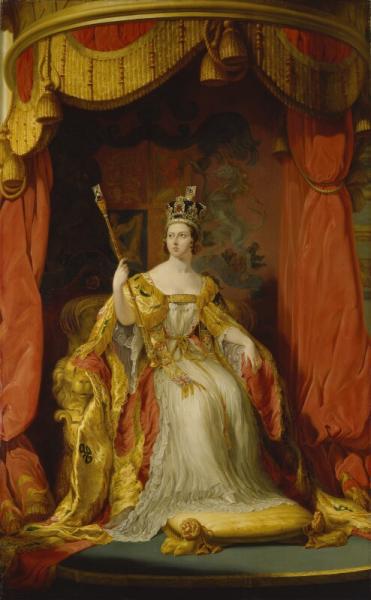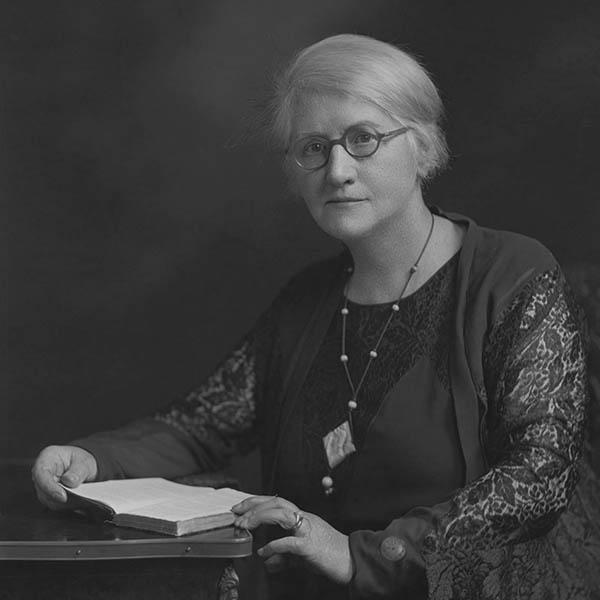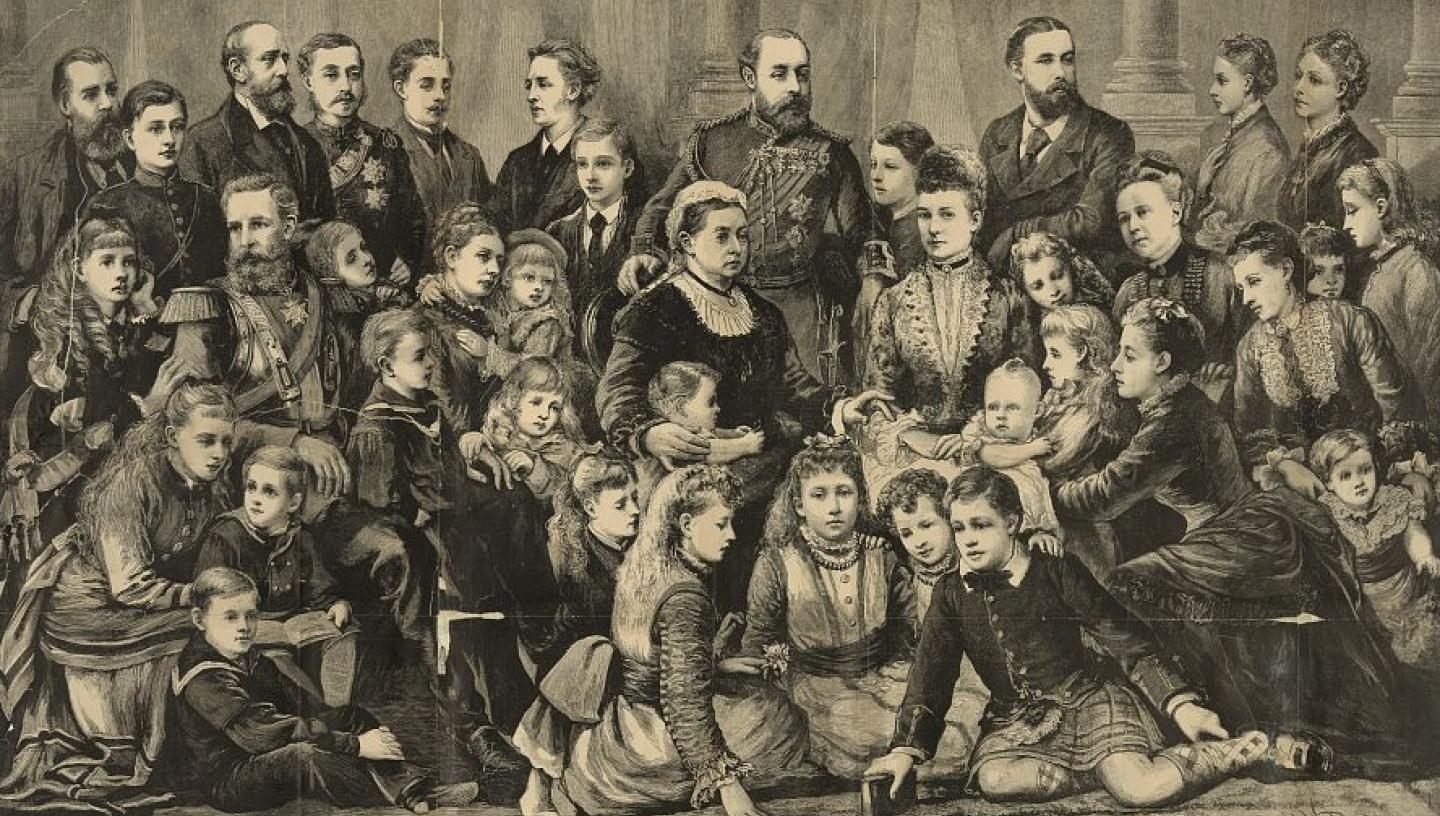
Queen Victoria reigned over Britain for 63 years - the longest rule after Elizabeth II. Find out more about her fascinating life with Prince Albert and her children.
Queen Victoria and her family were seen by the public as a harmonious and happy image of domestic life.
How many children did Queen Victoria have?
Queen Victoria (1819 - 1901) and Prince Albert (1819 - 1861) had a total of nine children.
Princess Royal Victoria (21 November 1840 – 5 August 1901)
Victoria and Albert's first child, Victoria was given the title Princess Royal the year after her birth. In 1858, Victoria married Prince Frederick William of Prussia. He later succeeded his father as German Emperor in 1888, but his reign was cut short by cancer of the larynx within ninety-nine days of his coronation. Following her husband's death, Victoria lived as empress dowager before her death from breast cancer in 1901 at the age of 60.
Edward VII (9 November 1841 – 6 May 1910)
Edward was born a year after his sister and lived much of his life as the Prince of Wales. On the death of Queen Victoria on 22 January 1901, Edward became king, marking the beginning of the Edwardian era. He reigned for nine years, overseeing military reforms and was known as "peacemaker" for fostering good relations with foreign powers. He died aged 68 on 6 May 1910 after several heart attacks and was succeeded his son King George V.
Princess Alice (25 April 1843 – 14 December 1878)
Princess Alice was known for her nursing - both with her father, Albert and in military hospitals during the Austro-Prussian War. During this time, she befriended Florence Nightingale and playing an active role in the region's military hospitals. Alice died from diphtheria in 1878 after it spread through the Hessian court just a year after becoming Grand Duchess of Hesse. She was the first of three of Queen Victoria's children to be outlived by their mother.
Prince Alfred (6 August 1844 – 30 July 1900)
Prince Alfred joined the Royal Navy at the young age of 14. He remained in the Navy throughout his life with his final rank of Admiral of the fleet in 1893. He was married to Maria Alexandrovna, the daughter of Emperor Alexander II of Russia.
Princess Helena (25 May 1846 – 9 June 1923)
Princess Helena, Victoria and Albert's third daughter. She was married Prince Christian of Schleswig-Holstein in 1866 and remained in Britain. Helena was highly engaged in charitable institutions and was a founding member of the British Red Cross.
Princess Louise (18 March 1848 – 3 December 1939)
Princess Louise was the sixth child of Victoria and Albert, and 13 when her father died. She pursued a career as a sculptor and became a strong advocate of higher education and the feminist cause.
Prince Arthur (1 May 1850 – 16 January 1942)
Prince Arthur served in the British Army for 40 years, rising to the rank of Commander-in-Chief of Ireland and Inspector-General of the Forces. He was Victoria's last surviving son remained active in the military into the Second World War.
Prince Leopold (7 April 1853 – 28 March 1884)
Victoria and Albert's youngest son, Prince Leopold, inherited the blood disorder haemophilia from his mother and was reputed to suffer from epilepsy, hindering his chances of joining the military. Instead, Leopold became a patron of arts and acted as his mother's unofficial secretary.
Princess Beatrice (14 April 1857 – 26 October 1944)
As the youngest child, Princess Beatrice spent much of her life by her mother's side. Following the Queen's death in 1901, Beatrice became the editor of her mother's journals. She died in November 1944 and was Victoria's last surviving child.
When did Queen Victoria die?
After a reign which lasted almost 64 years, Queen Victoria died at Osborne House on the Isle of Wight, on 22 January 1901. Her son, Edward VII succeeded her.
What did Queen Victoria die of?
Queen Victoria died from a cerebral haemorrhage on Tuesday 22 January 1901 after feeling weakened over the Christmas period. Historians suggest that the cause of her death is likely related to her carrying the gene for haemophilia, a blood-clotting disease passed down from her parentage. Victoria also passed this genetic disorder onto three of her nine children. Haemophilia is sometimes called "the royal disease" for this reason.
Queen Victoria died at Osborne House on the Isle of Wight. Her body was transported to Portsmouth via the Solent, on the Royal Yacht 'Alberta'. Artist William Wyllie saw the procession from the HMS Majestic.
Discover more in our collections
Where is Queen Victoria buried?
Queen Victoria is buried at Windsor in England within the Frogmore Royal Mausoleum. This tomb was built explicitly for Albert and Victoria as a final resting place, instead of the traditional mausoleums in Westminster Abbey in London or St. George's Chapel in Windsor.
Only Victoria and Albert are interred within the tomb, but the mausoleum contains other memorials, such as their second daughter Princess Alice and Victoria's father Edward, Duke of Kent.
When was Queen Victoria born?
Queen Victoria was born on 24 May in 1819 at Kensington Palace, London. She was christened as Alexandrina Victoria and was formally addressed as Her Royal Highness Princess Victoria of Kent.
Queen Victoria and Albert
On 10 February 1840, Victoria Married her first cousin, Albert of Saxe-Coburg-Gotha. The royal couple had first met a few days before Victoria's 17th birthday, four years earlier.
Victoria and Albert are known for their incredibly close relationship, inspiring dozens of books, films and series.
While Victoria is seen as the ruler of Britain, Albert played an essential role in supporting public causes, such as military and educational reform and the abolition of slavery. He is known for the resounding success of the Great Exhibition of 1851, which showed the world Britain's technological achievements. This World's Fair laid the foundations for several public museums, such as the Victoria & Albert Museum and the Natural History Museum.
In 1845, Prince Albert bought Nelson's Trafalgar coat for £150. He gifted it to the Royal Naval Asylum, where the Old Royal Naval College now stands. It has been on display in Greenwich ever since.
Albert died in December 1861 aged 42, when the Queen was the same age. Victoria never recovered from his death. She dressed in black as a sign of mourning for the rest of her life.
How long did Queen Victoria reign?
Queen Victoria reigned for exactly sixty-three years, seven months, and two days (20 June 1837 - 22 January 1901). Her rule is the second longest after Queen Elizabeth II.
Queen Victoria assassination attempts
During Victoria's reign, eight assassination attempts were made on her life. All of them were unsuccessful.
The first attempt took place in 1840 when 18-year-old Edward Oxford fired at the Queen's carriage near Buckingham Palace in London. Oxford was accused of treason for his crime but was ultimately found not guilty for reasons of insanity.
Three attempts were made in 1842, two by the same man - John Francis, an unemployed carpenter. He attempted to shoot the Queen after her Sunday morning service at Chapel Royal in St James's Palace, London. On his second effort, he was promptly arrested and sent to Van Diemen's Land (later known as Tasmania), where he became a successful carpenter, helping to build the Launceston General Hospital on the island.
One year later, Robert Pate, a former officer, used a brass-tipped cane to hit the Queen in the head. Pate's attack was the only attempt that caused Victoria actual harm, and the mark on her forehead supposedly remained for a decade. Pate was immediately arrested and also sentenced to seven years in the Tasmanian penal colony. The reasons for the attack remain unknown.
A memorable final attempt took place in 1882 when a Scottish poet named Roderick Maclean shot at Queen Victoria's train carriage with a pistol as it left the Windsor train station. This was Maclean's eighth attempt at assassinating Victoria. Maclean was tried for high treason and was pronounced "not guilty, but insane." He was confined to an asylum until his death in 1921.
